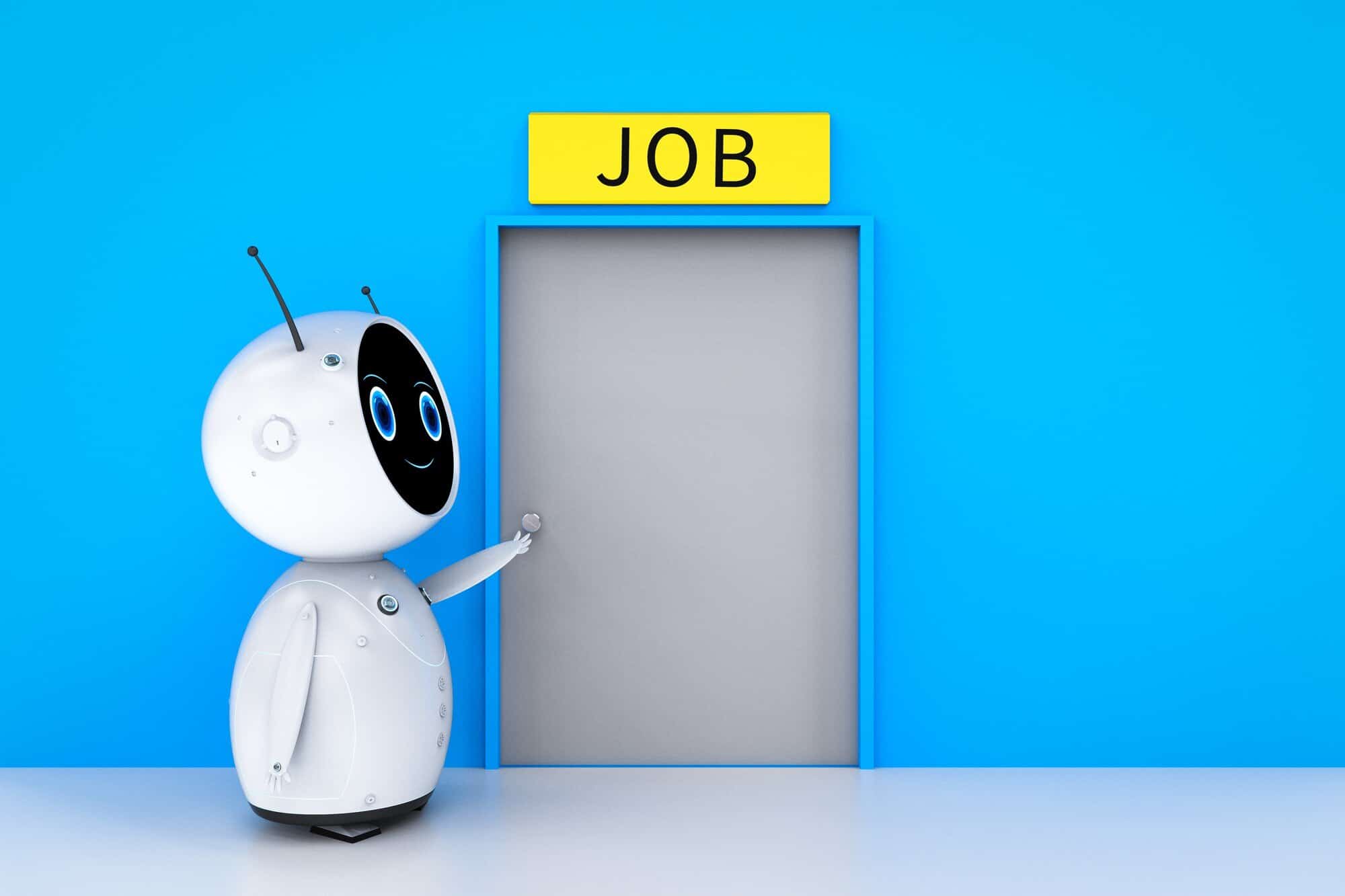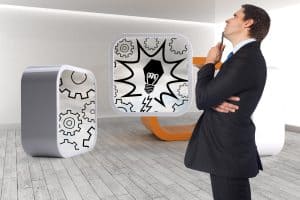Estimated reading time: 7 minutes
Key Takeaways
- Recruiting chatbots automate repetitive hiring tasks, from screening to scheduling, freeing recruiters for strategic work.
- They elevate the candidate experience with 24/7 conversational support and personalised guidance.
- Seamless ATS integration keeps data consistent and workflows smooth.
- Data-driven insights drive continuous improvement in hiring strategies.
- Organisations report faster time-to-hire and significant cost savings after deployment.
Table of Contents
What is a Recruiting Chatbot?
A recruiting chatbot is a conversational AI assistant designed to engage job seekers, answer questions and guide them through the application journey. Using natural language processing, it delivers human-like interactions while capturing vital candidate data.
Key Features of Recruiting Chatbots
Below are standout capabilities that make chatbots indispensable to modern talent acquisition:
- Candidate Screening: swift résumé parsing and dynamic pre-screen questions.
- Interview Scheduling: automatic calendar matching, invite sending and painless rescheduling.
- Job Matching: AI compares skills to roles and suggests the perfect fit.
- ATS Integration: real-time sync keeps candidate data up-to-date across systems.
- Career Site Chatbot: 24/7 answers for prospects browsing your careers page.
Benefits of Hiring Automation
Improved Candidate Experience
Instant responses and personalised guidance create a supportive atmosphere that keeps applicants engaged and informed.
Enhanced Efficiency
Automating screening and scheduling slashes administrative time, allowing recruiters to focus on relationship-building and strategic initiatives.
Cost Savings
Shorter time-to-hire and smarter resource allocation translate into measurable financial gains.
Implementing AI-Driven Hiring Solutions
When choosing a chatbot, assess scalability, branding flexibility and integration ease. Decide whether to outsource to a specialist vendor or build in-house; both options have trade-offs in speed, control and cost.
Best Practices
- Personalise dialogues using candidate data for a bespoke feel.
- Leverage analytics to refine questions and improve conversion rates.
- Maintain human oversight so sensitive issues can be escalated seamlessly.
Case Studies & Success Stories
A global tech giant cut time-to-hire by 50% after deploying a screening chatbot, while a retail chain saw a 30% boost in candidate satisfaction by adding a career site assistant.
Future Trends
Expect deeper personalisation, AI-led decision making and even autonomous first-round interviews as conversational AI matures.
Conclusion
Recruiting chatbots represent a transformational step toward faster, smarter and more engaging hiring. By embracing automation now, organisations gain a competitive edge in attracting top talent.
Additional Resources
For a deeper dive into conversational hiring, explore The Ultimate Guide to Chatbots in Recruitment.
FAQs
How long does it take to implement a recruiting chatbot?
Typical implementation spans four to twelve weeks, depending on complexity, customisation and integration requirements.
Can a chatbot completely replace human recruiters?
No. Chatbots handle routine tasks, while humans provide strategic thinking, relationship-building and complex decision making.
How do recruiting chatbots ensure data privacy and security?
Reputable vendors comply with strict data-protection standards, using encryption, secure hosting and robust permission controls.
Can recruiting chatbots be customised to match our brand voice?
Yes. Most platforms allow tailored tone, vocabulary and visual elements so the chatbot feels like a natural extension of your brand.
How do we measure ROI after implementing a chatbot?
Track metrics such as time-to-hire, cost-per-hire, candidate satisfaction scores and recruiter hours saved to quantify value.







